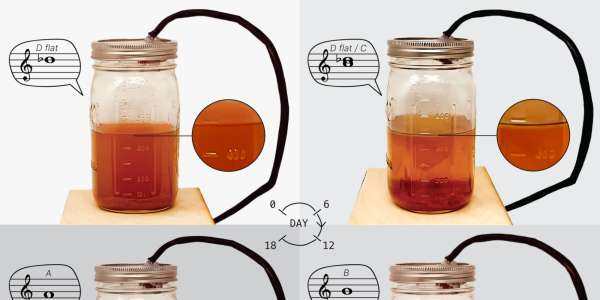U.S. Supreme Court justices indicate -- or 'signal' -- their priorities and preferences to potential litigants, and about four to six years later, the justices receive the cases they requested, research by University of Colorado Associate Professor Vanessa Baird has found.
Using statistical evidence from 1953 to 2000, she and her colleagues also found that certain 'signals' can alter the outcomes of cases when litigants reframe cases in ways the signaling justices suggest.
Baird, a political scientist, reported the existence of 'signaling' in her book "Answering the Call of the Court." And in a recent paper, she and a colleague demonstrate that 'signaling' can change the coalitions on the Supreme Court.
Baird admits that she was surprised to find that judicial signaling transformed the judicial agenda across every issue the Supreme Court addresses: discrimination, privacy, criminal rights, labor, environment, economic regulation, taxation, due process, judicial power and the First Amendment.
Baird initially asked the question to solve the puzzle of a trend called the "global expansion of judicial power." The finding suggests that judicial power -- even outside the United States -- may be dependent on interest groups who sponsor litigation in response to signals from high courts.
The implication is that the court is not the passive institution that the U.S. Constitution requires, waiting for true "cases and controversies" to reach its docket. In fact, their signals inspire litigants to search for people whose liberties and rights have been violated in a way that matches the justices' priorities, allowing the justices to set their agenda years before the cases get to the court.
As Baird notes, signaling works only because a host of prospective litigants (or "policy entrepreneurs") monitor the court's rulings. In Colorado, for example, the American Civil Liberties Union gets about 2,000 serious reports of civil rights violations annually, Baird notes. The cases most vigorously pursued can be ones that the group believes are winnable, given previous signals.
Further evidence from a CU-led team indicates that some U.S. Supreme Court justices who dissent from majority rulings are actually sending signals to losing litigants about how they might ultimately prevail.
And those signals work, the evidence shows. In many cases, justices on the losing side of a case find themselves on the winning side when similar cases are later reframed as an issue of federal versus state power, or federalism.
Baird and Tonja Jacobi, a professor of law at Northwestern University, have developed a formal mathematical model predicting the use of issue manipulation in dissenting opinions to transform future coalitions. Their statistical evidence shows that such signals have not only been sent but also have prompted future litigants to reframe cases such that "swing" justices switch sides.
Liberal dissenters signal for cases that ultimately are decided in a liberal direction and conservative dissenters signal for cases that later set precedent in a conservative direction.
Baird and Jacobi cite examples such as an obscenity case from 1966, when the U.S. Supreme Court struck down a Kansas anti-pornography law, arguing that it was an infringement of the First Amendment. Justice John Marshall Harlan dissented, arguing that the ruling impinged upon the state's power to curb obscene material.
As Baird and Jacobi note, an "explosion" of obscenity cases followed. In 1973, the court reversed itself in Miller v. California, arguing that the First Amendment allows states to define which materials harm their own citizens. The majority buttressed its argument with several of those previous dissents by Harlan.
Harlan, it appears, signaled potential litigants that recasting the arguments in terms of federal-state power could change the law of the land.
It was not, Baird and Jacobi noted, that Harlan persuaded other justices to abandon their view on the substance of the case (obscenity), but rather that he identified federalism as the primary issue.
New litigation with new case facts allowed for the reframing of the issue, thereby persuading members of the former majority that the issue should be decided on the basis of state versus federal powers, yielding a different result about six years later, similar to the pattern in Baird's book.
"The conclusion is that justices often behave just like human beings and legislators behave; they have preferences and priorities and figure out ways to implement those preferences into law," Baird said. Baird and Jacobi published their results in the November issue of the Duke Law Journal.
Perhaps the most important outcome of the work is its implication for future research, Baird and Jacobi write. "If signals about federalism can inspire future litigation, then there are perhaps other ways to signal in dissenting opinions so that litigants frame cases in the manner that dissenting justices would like them framed."
For more on this story, see the current issue of Colorado Arts & Sciences Magazine at artsandsciences.colorado.edu/magazine/. For an audio report on judicial signaling visit www.colorado.edu/news/podcasts/.



